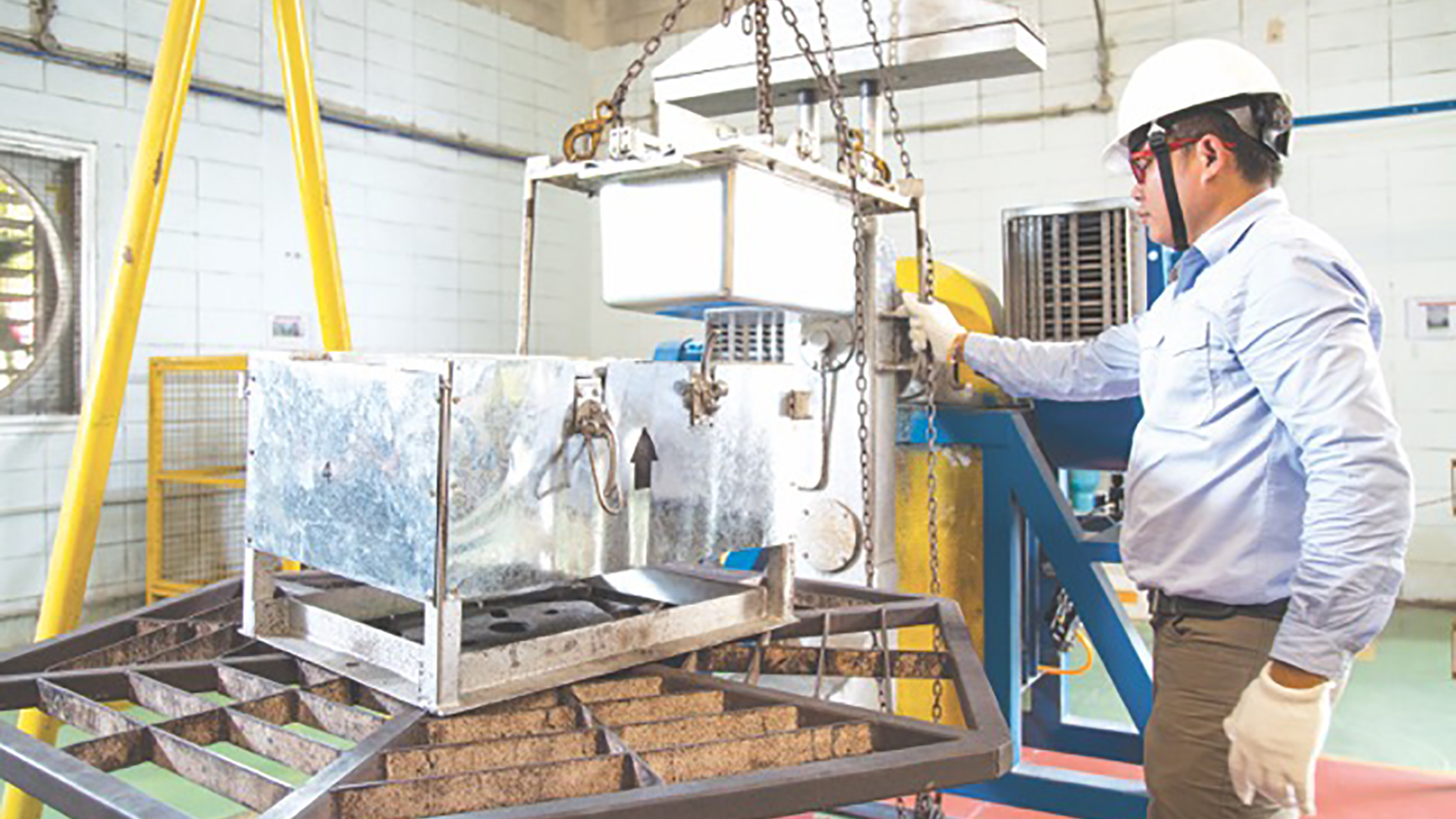The rotational molding procedure commences by putting molten polymer (generally polyethylene) towards the bottom half of a wide open mold cavity. Plastics rotomolding is actually a approach for shaping plastic, generally thermoplastic, in to a wanted design. It is used to generate items like piping along with other commercial merchandise, appliances like coolers and freezers, as well as Rotational Molding games like Legos!
Then it’s rotated at high speed to spread out evenly all over the inside surface of the shut down top area of the fungus. After that, the fungus opens once more, and the other sheet of fabric is inserted to seal off 1 stop before it’s all shut down up once again with tension originating from either side so that no air or petrol can escape anywhere during rotation.
The way it works
Rotomolding is a procedure that employs temperature and tension to shape plastic-type into desired items. The plastic material is warmed until it will become water, then forced through a expire or mold. This provides the plastic its preferred design, which can be then cooled and solidified.
Rotomolded items are resilient and strong, causing them to be well suited for many programs. Some products produced via rotomolding involve kayaks, oxygen tanks, and auto fenders.
This process starts with your selection of a fungus. As soon as the correct tool is selected, it must be ready for shot of molten plastic-type material or aluminum by getting rid of any well-defined ends and developing an adequate circulation course to ensure that resin can enter in every area of the cavity.
A device is commonly used to inject molten plastic to the prepared mold at high pressure. The molten plastic-type quickly cools and solidifies, taking up the shape in the cavity in the fungus.
Chilling is increased by experience of the chilly wall space from the fungus and also compelled oxygen or h2o cooling. Soon after solidification, the component is ejected from the fungus, and either will go to market place or undergoes any essential additional functions like painting and construction.
The Very Last Expression
The procedure is also called rotational molding, which means that the equipment itself can turn while it’s injecting molten plastic material right into a revolving fungus on its opposite side to create hollow products with uniform walls thicknesses.



